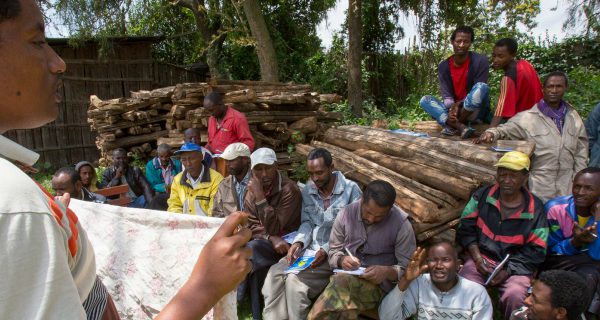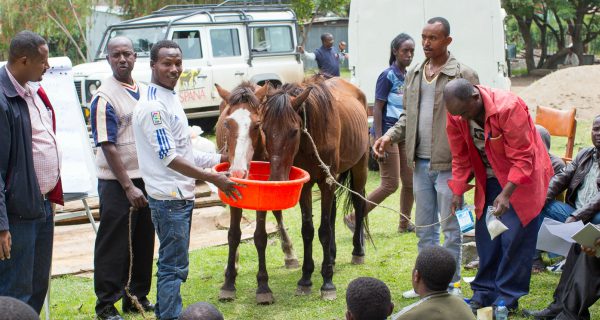

Rethinking Animal Welfare: A Conversation with Dr Brian Perry

Now, more than ever, the interconnectedness of animal welfare, human welfare, and environmental health is a topic of growing concern in public discourse. In our Expert Voices series, SPANA speaks to leaders in the fields of veterinary, epidemiological and development studies to understand the value that working animals bring to development issues.
This week, SPANA speaks to Dr Brian Perry, a leader in the field of veterinary medicine and sustainable development, about the critical role that working animals play in livelihoods, local and national economies and the Sustainable Development Goals.
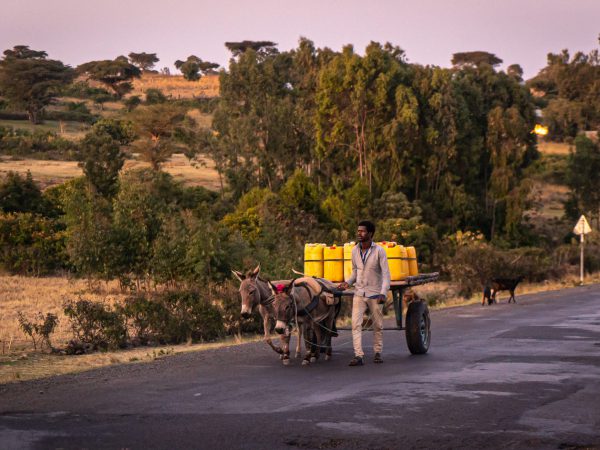
Dr Perry became intimately aware of the broader development implications of working equines when living in Africa, Asia and South America. As a vet researching infectious disease management in livestock populations, much of his work focused on the health of ruminant livestock in the production of meat and milk. But in his regular travels, Dr Perry was aware of the countless donkeys, mules and horses that could be seen on the roads and in every small village he visited. These animals were ubiquitous, the lynchpin of local economies but also, seemingly invisible to national animal welfare agendas. The donkeys, mules and horses that pull carts, carry water and brings goods to market were being completely overlooked, despite serving as an economic backbone across the world.
As Dr Perry became more aware of these omnipresent animals, he began to ask how big this “hidden workforce” really was and how much they contributed to economies. Moreover, he wondered what would happen to communities and families that lost these animals to illness or injury – and he began asking himself just how big an impact do these working equids have on human health and livelihoods?

An invisible workforce
Conversations about the roles of working animals and welfare standards are often met with confusion – in an increasingly mechanised agrarian workforce reliant on trucks and rickshaws, are working equids even needed? Although it would be easy to assume that the ultimate development goal is the eventual adoption of heavy machinery, from an environmental and cost perspective, this is far from sustainable. While a truck or tractor may initially prove more productive, maintenance costs can often exceed what a farmer earns in year.
Dr Perry gives the example of the affordable Chinese-produced tractors that were sold throughout Asia in a bid to “revolutionise” agriculture. It was suggested that water buffalos, used to plough fields and rice paddies for centuries, would be rendered obsolete. But farmers didn’t expect the heavy financial commitments of these machines and the challenges of sourcing specific parts in the most remote communities, not to mention the technical skills needed to repair broken parts or petrol needed to run them. Many people quickly returned to their buffalos; perfectly adapted to their environment and a critical part of their cultural identity while at the same time more environmentally sustainable.
Looking at case studies from around the world, Dr Perry has acquired a broader understanding of working equines in a development context. In countries like Colombia, for example, the coffee, sugar cane and potato trade are carried from farms to local markets on the backs of mules, horses and donkeys. These animals are lynchpins in food distribution networks and local economies. Should a mule become too sick to work, a family is completely cut off – not only their source of production, but also from the local and national economy.
There are examples from countries around the world. In Bamako, Mali young men earn a small income from collecting rubbish, relying on donkey draught power to pull their carts. In Zimbabwe, equines provide the only means for children living on remote farms to travel to school. Should the millions of working equids disappear, local trade would grind to a halt, people would struggle to farm the land or bring their goods to market, children couldn’t access education and basic necessities, like carrying water from its source to the home, would be made far more difficult.
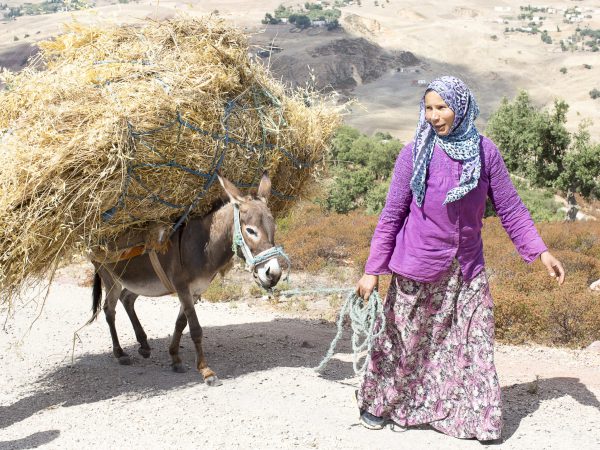
Incentivising equine welfare
Clearly, equine population health is intrinsically tied to human welfare. But how do you engage with communities of owners who have traditionally considered their working equines equivalent to a working piece of machinery like a tractor, rather than a symbol of wealth as is the case with other livestock? For example, in countries like Tanzania and Kenya, personal wealth is measured in cattle, not donkeys. Women are often responsible for low-status donkeys in carrying out mundane chores like fetching water and therefore, donkeys have low market value. For animals seen as low-status and low-value, the challenge is in communicating their intrinsic value.
Dr Perry has been careful not to approach these issues exclusively from an animal welfare perspective. He says,
“Sometimes it feels uncomfortable with the West telling people about animal welfare or saying, ‘you can’t treat animals like that.’ There have got to be incentives for the welfare. For me, this centres around highlighting the benefits that horses, mules and donkeys bring to their owners– transport of water, getting food to markets, etc.”
Dr Perry asked owners to tell him what hindered the performance of their horses and donkeys – focusing on sickness or injury which might slow the animal’s speed or the amount that they were able to carry. He has found that this is an inroad for opening up a broader conversation about animal welfare. It starts with the primary concern for a farmer who may be earning less than a dollar a day while struggling to support his children. A farmer like this, Dr Perry argues, will be asking, “how will this animal’s welfare directly impact my own welfare?”
Dr Perry appreciates that for people living at – or below – the poverty line, a pragmatic approach to animal welfare in an agricultural context is needed. Owners first respond more positively to conversations about how to optimise the productivity and performance of animals which can then lead on to a broader discussion of animal welfare. If better husbandry practices are to take root in communities, the incentive must be mutually beneficial – better welfare equals better productivity.
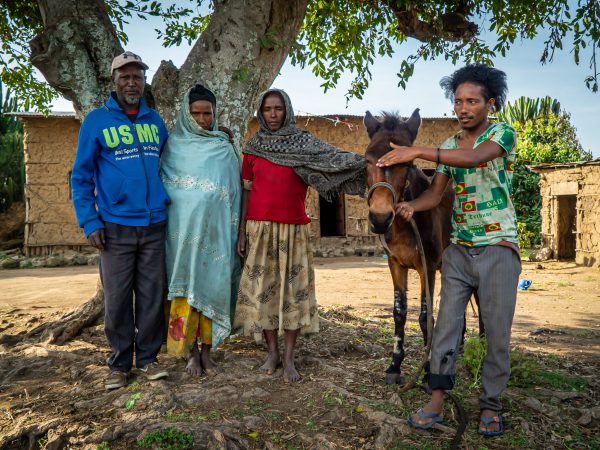
An invisible economic contribution
The role of small-scale or subsistence farmers and pastoralists is often overlooked in national agendas as their value to national economies is overshadowed by intensive farming methods producing meat or milk products. This is true even though many more people may work as small-scale farmers or pastoralists. And unfortunately, these communities also often lack political clout or visibility in the public arenas. Dr Perry explains that these poorest members of society are the ones most dependent on their working animals and most vulnerable to their loss through illness or injury. It is these small-scale farmers and pastoralists in low and middle-income countries who are critically important to national food production. Dr Perry explains,
“There’s been a lot of debate about the small-scale farmer and whether he’s doomed because of industrialising methods of production. But the process of intensification in small scale farming is so important in food provision.”
A major shift is now underway in how we look at the value of working animals in a development context – there’s a growing understanding that it’s complicated, nuanced and involves animals, people and the environment.
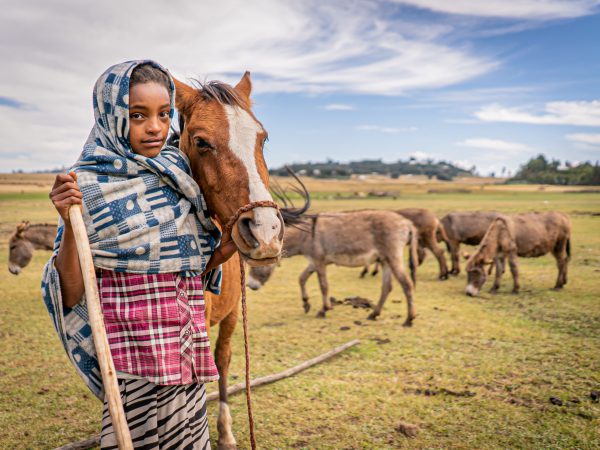
The UN Sustainable Development Goals (SDGs) are trying to tap in to this. The successor to the Millennium Development Goals, the SDGs are intended to address and mitigate some of the biggest challenges humanity is facing – poverty, inequality, environmental damage. Importantly they encourage a multidisciplinary approach. As Dr Perry points out.
“We all tend to think of our discipline, it is a comfort zone, but the reality is we need to be fostering interdisciplinary approaches to development.”
With so many issues to tackle, how do we look at the key ways that working animals help move forward the SDGs? Dr Perry proposes a simplified approach of choosing a few issues – focusing on water, women and market access for example, as there is much that can be done by concentrating on these issues.
Dr Perry also emphasises the power that organisations can have in partnership with government and private enterprise. No one discipline or group alone can make the lives of people and working animals better by themselves. His work with the Bill and Melinda Gates Foundation and others has shown him that government and non-profits can’t do the work all by themselves –big and small companies in the private sector also need to be included for animal welfare to be improved.
He notes,
“I realise in certain functions like infectious disease control, you have a dominance of the private sector but this encouragement of private sector involvement to smallholders is so important in the betterment of equine health.”
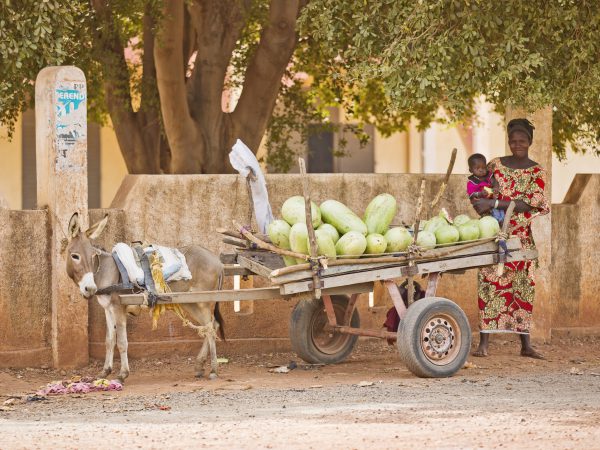
The future of working animals
There is no doubt that the working donkeys, mules, horses, as well as other animals such as elephants and camels that power economies all over the world, demand more attention in a development context. Not exclusively an issue for the animal welfare community, the healthier a working animal population, the more productive and sustainable the communities that rely on them will be. Should the working animal population be affected by a widespread disease or by events that would weaken, sicken or kill locally owned animals – such as a severe drought or flooding – many economies would grind to a halt and some of the most vulnerable communities will suffer disproportionately as a result.
And yet, as Dr Perry points out, it is because animals like working equids are most commonly used by the poorest members of society that they go largely unnoticed. Moreover, used for local production rather than for higher profile industries such as cattle export that are linked to a country’s GDP, working equids are no less important but far less valued in the political and economic arenas.
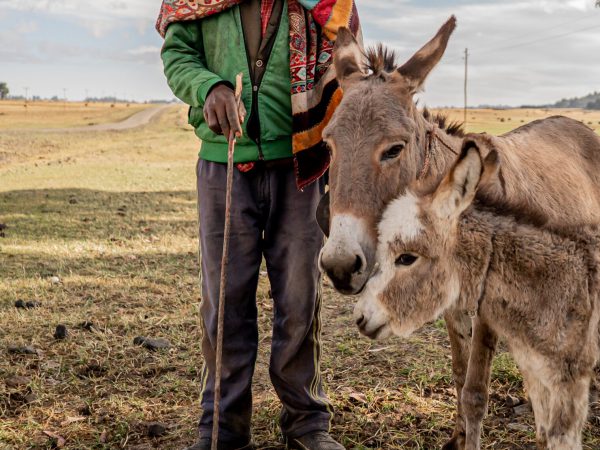
But in championing working animal welfare, advocates like Dr Perry, are also championing the sustainability of the most vulnerable communities around the world. The ability to foster self-sustainability through extensive farming, pastoralism or cottage industries supported by equine draught power is therefore essential for the health of people and communities. What’s more, it enables people to maintain traditional knowledge and practices unique to their environments and stabilizes local populations who otherwise might lose their land or livelihoods and move to already overcrowded urban areas– critical factors to consider as the world begins to address climate change.
Dr Perry’s research into the hidden workforce of millions of animals opens broader conversations about how we treat not only the environment, but the domesticated animals behind our food production systems and economic stability. With an interdisciplinary approach championed by Dr Perry that brings together leaders in the world of veterinary medicine, epidemiology, economics, social science and international development, the hope is that in the future, local and national veterinary agendas will recognise the critical value that working animals provide to millions of people around the world.
For further information about Dr Brian Perry and his work:
- Dr Brian Perry
- Perry, B. D. (2017). We must tie equine welfare to international development. Debate, Veterinary Record, 181: 600-601, doi: 10.1136/vr.j5561
- Perry, B.D. and Grace, D. (2009). The impacts of livestock diseases and their control on growth and development processes that are pro-poor. Philosophical Transactions of the Royal Society, B, 364, 2643 – 2655.
- Perry, B., Robinson, T., & Grace, D. (2018). Review: Animal health and sustainable global livestock systems. Animal, 1-10. doi:10.1017/S1751731118000630

